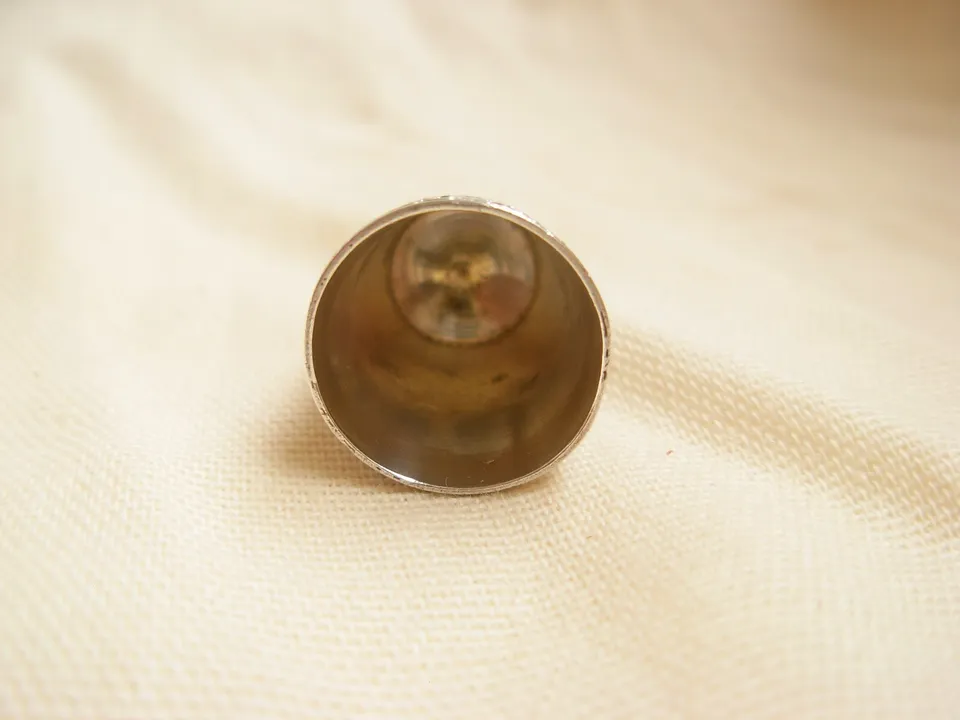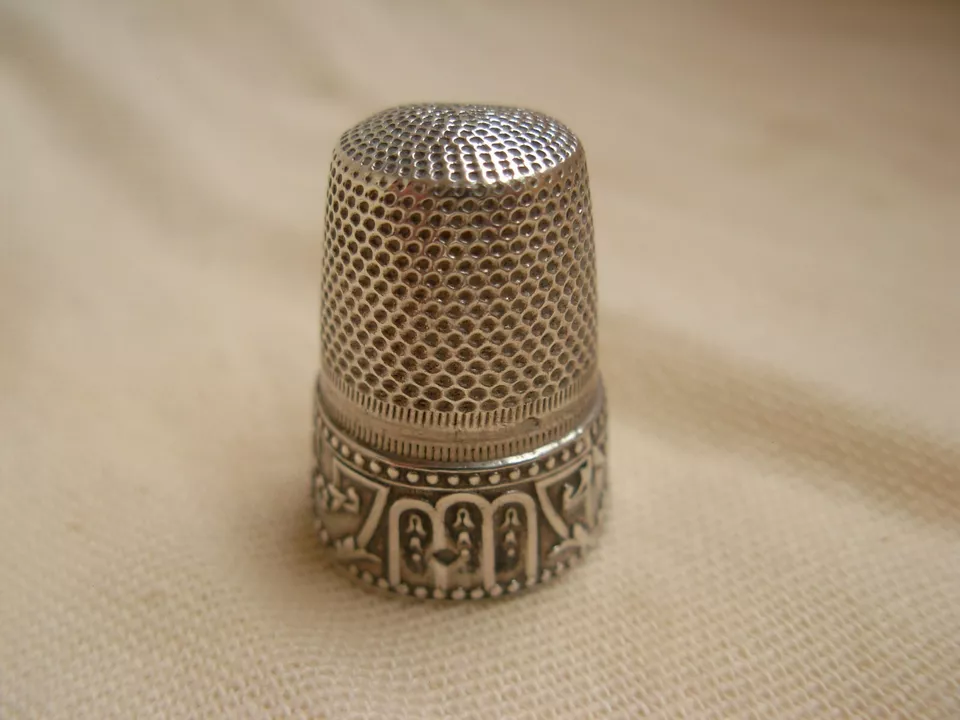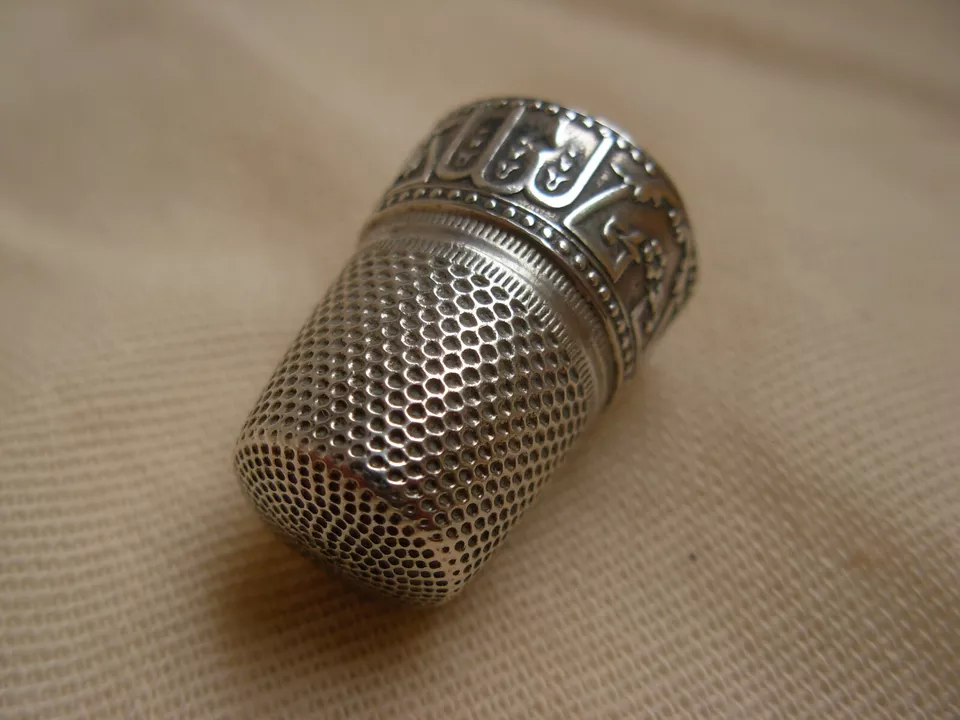Thimbles: Cherished Artifacts of Late 19th-Early 20th Century

Thimbles, those small yet indispensable tools of the sewing trade, offer a fascinating glimpse into the craftsmanship and cultural heritage of the late 19th and early 20th centuries. These humble objects, often overlooked in daily life, hold significant historical value and reflect the artistic trends and technological advancements of their time.
During the late 19th and early 20th centuries, thimbles were crafted from various materials, each bearing its own unique charm and functionality. Traditional thimbles were typically made from metal, such as silver, brass, or pewter, chosen for their durability and ability to withstand the rigors of needlework. These metal thimbles were often adorned with intricate patterns, engravings, or even gemstones, showcasing the skill of the artisans who meticulously crafted them.

In addition to metal, thimbles from this period were also fashioned from materials like porcelain, bone, and even early plastics. Porcelain thimbles, delicately painted with floral motifs or scenic designs, exemplify the fusion of practicality and aesthetic beauty. Bone thimbles, known for their smooth texture and natural warmth, provided comfort during extended sewing sessions, while early plastic thimbles marked the beginning of a new era in material innovation.

Beyond their material composition, thimbles from the late 19th to early 20th centuries also varied in size and shape to accommodate different sewing techniques and individual preferences. Some thimbles featured domed tops for better protection, while others were flatter and broader, allowing for a firmer grip and greater control over the needle.

Collectors and historians alike value thimbles not only for their functional purpose but also for the stories they tell about daily life and social customs during this transformative period in history. In the Victorian era, for example, thimbles were often exchanged as tokens of friendship or love, adorned with sentimental inscriptions or decorative motifs symbolic of affection and goodwill.
Furthermore, thimbles served as markers of status and craftsmanship, with some being commissioned by wealthy patrons and adorned with precious metals and gemstones. These luxurious thimbles were not merely tools but pieces of art, cherished heirlooms passed down through generations as tangible reminders of family heritage and skilled craftsmanship.

Today, antique thimbles from the late 19th to early 20th centuries are prized possessions among collectors and enthusiasts worldwide. Their diverse designs, ranging from the ornate to the practical, offer a window into the evolving tastes and technological advancements of their respective eras. Whether displayed in private collections, museums, or cherished as family heirlooms, thimbles continue to weave together threads of history, creativity, and cultural significance.

In exploring the world of thimbles from this period, one discovers not only the ingenuity of their design but also the enduring legacy of craftsmanship and innovation that continues to inspire admiration and appreciation today. As we marvel at these tiny yet remarkable artifacts, we celebrate the enduring artistry and timeless appeal of thimbles from the late 19th to early 20th centuries.